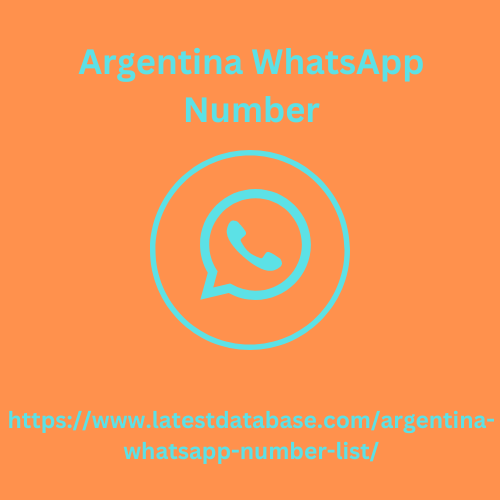|
|
A product design portfolio is a personal website that showcases the projects you have worked on. It typically includes an about page or section, links to social profiles and contact details, and most importantly, project case studies that highlight your work. Each case study should outline your role in the project, the user problem you were solving, the process you followed, the end result, and the measurable impact of your work. You can learn more about formatting your product design portfolio in this article: A Great Product Design Portfolio And What We Can Learn From It Grow Your Network They say about % of jobs are found online , rather than through online recruitment websites.
If you want to increase your chances of landing an entry-level product designer position, focus on growing your network and making relevant connections in the industry. LinkedIn is currently the go-to platform for online networking, so start there. If you don’t ha Argentina WhatsApp Number ve a LinkedIn profile yet, it’s time to create one. If you’re already active on LinkedIn, start joining relevant groups and connecting with product design professionals. You'll also find networking opportunities within product design courses. There are many schools and bootcamps dedicated to cultivating strong communities of product design students and experts, promoting knowledge exchange, feedback, and internal employment opportunities.

Emphasize your transferable skills and experience Junior product designer is an entry-level position, so employers won't expect you to be a product design expert with extensive industry experience. However, they will be looking for transferable skills that you can bring to the role. product designers include communication, problem solving, attention to detail, time management, adaptability, collaboration, research skills, and a customer-centric mindset.
|
|